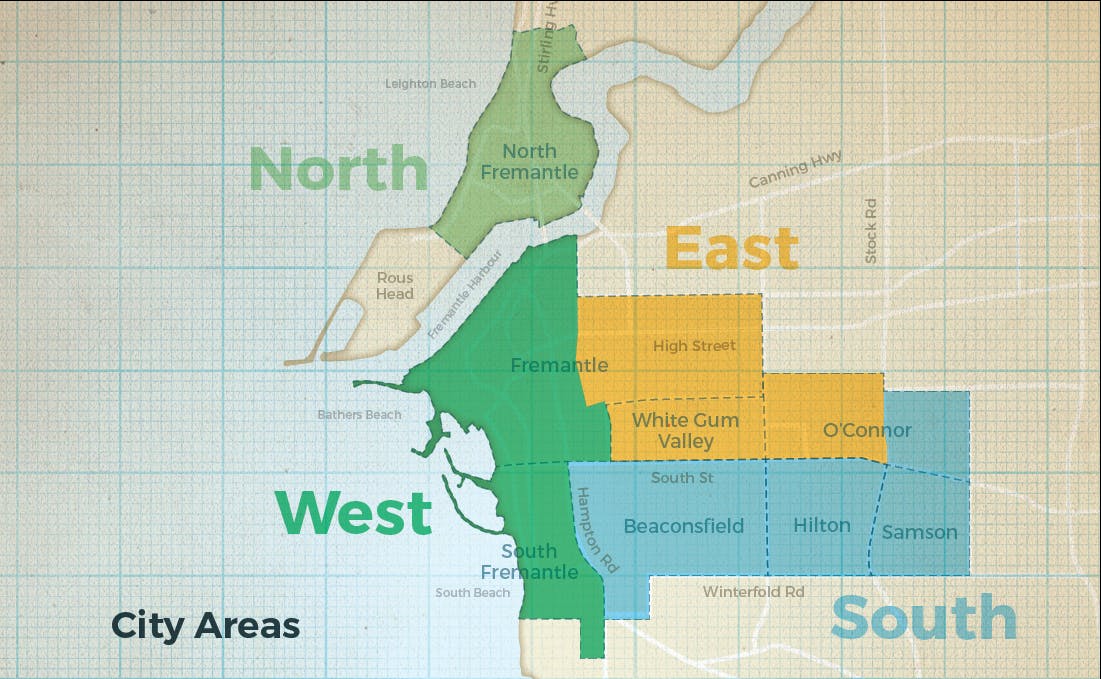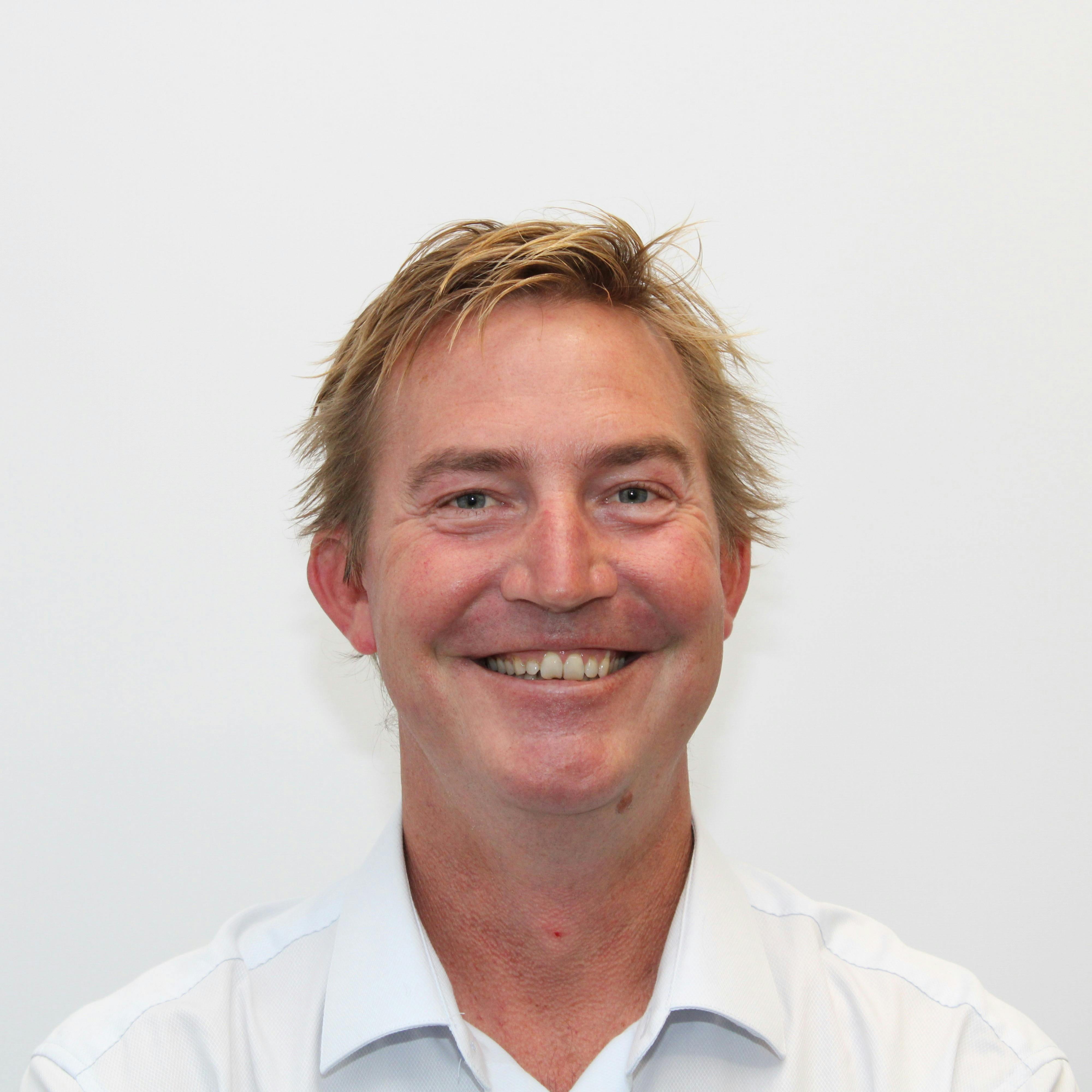Share Freo's urban forest is growing on Facebook
Share Freo's urban forest is growing on Linkedin
Email Freo's urban forest is growing link
 More than 1800 trees have been planted over the past 12 months as part of the plan to create an urban forest in Fremantle.
More than 1800 trees have been planted over the past 12 months as part of the plan to create an urban forest in Fremantle.
In the 2017-18 financial year a total of 714 trees were planted by the City of Fremantle on residential verges and in local parks, while another 92 were added as part of the landscaping component of City projects like pocket parks, car parks and walkways.
In addition, the City also planted 12,000 plants - including 1015 trees - in dunes, bushland and the river foreshore during nine community planting days and 21 volunteer planting days with conservation volunteers and local schools.
The suburb of Samson had the highest tree planting numbers in 2017/18 due to the City’s targeted Greening Samson project. A total of 212 trees were planted in Samson alone, while another 299 were planted in Beaconsfield, Hilton and Fremantle, and 203 in South Fremantle, North Fremantle, White Gum Valley and O’Connor. Read more.
Share More Trees for Samson on Facebook
Share More Trees for Samson on Linkedin
Email More Trees for Samson link
 Thermal mapping carried out for the Urban Forest Plan to measure the current ‘urban heat island effect’ identified that Samson is a ‘hot spot’ with little canopy cover.
Thermal mapping carried out for the Urban Forest Plan to measure the current ‘urban heat island effect’ identified that Samson is a ‘hot spot’ with little canopy cover.
The image to the left shows the temperature difference between the green space and surrounding urban area. The blue shading represents an important biodiversity ‘green link’ running through Samson.
This has implications for community health, so in 2018 the City of Fremantle is prioritising Samson in its annual winter planting programme, with the aim of introducing hundreds of new trees to the suburb. Most of these will be verge plantings, however there are other opportunities to introduce new trees. Find out more on the Greening Samson project page. Find out more on the Greening Samson project page.
If you are interesting in being involved in community engagement opportunities for the Samson priority planting please email communityengagement@fremantle.wa.gov.au
Share Priority Planting Areas on Facebook
Share Priority Planting Areas on Linkedin
Email Priority Planting Areas link

Thermal imaging was carried out in January 2015 and has been combined with other data to develop a baseline for the four areas within the City of Fremantle.
From this priority areas will be chosen to ensure equitable distribution of green infrastructure, based on:
1. Residential areas mapped as above the baseline temperature average.
2. Infill planting to create ‘green links’; linking green spaces across the City of Fremantle.
3. Expansive hard stand areas which have the capacity to provide canopy cover and urban greening.
4. Major streetscapes or infrastructure areas with the capacity to provide canopy cover and urban greening.
5. Green spaces that need infill planting or replacement planting to maintain healthy active communities.
6. Native vegetation areas identified as Priority Conservation Action Areas that require infill planting.
7. Linking road, path and underground power works programs.
8. Annual tree planting program.
More information on the first priority areas will be released shortly.

 More than 1800 trees have been planted over the past 12 months as part of the plan to create an urban forest in Fremantle.
More than 1800 trees have been planted over the past 12 months as part of the plan to create an urban forest in Fremantle. Thermal mapping carried out for the Urban Forest Plan to measure the current ‘urban heat island effect’ identified that Samson is a ‘hot spot’ with little canopy cover.
Thermal mapping carried out for the Urban Forest Plan to measure the current ‘urban heat island effect’ identified that Samson is a ‘hot spot’ with little canopy cover. 





